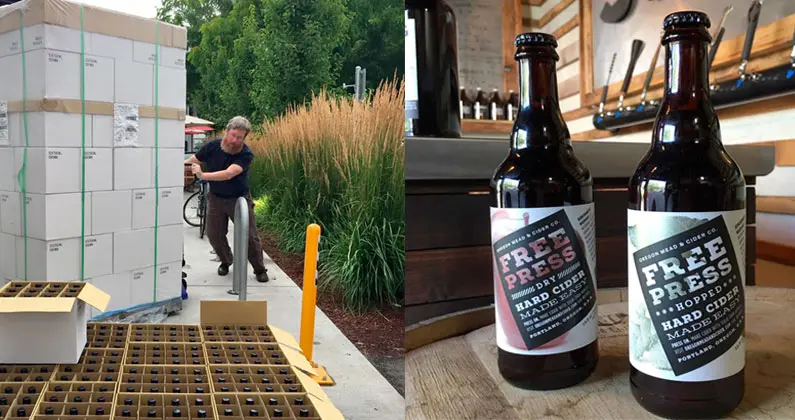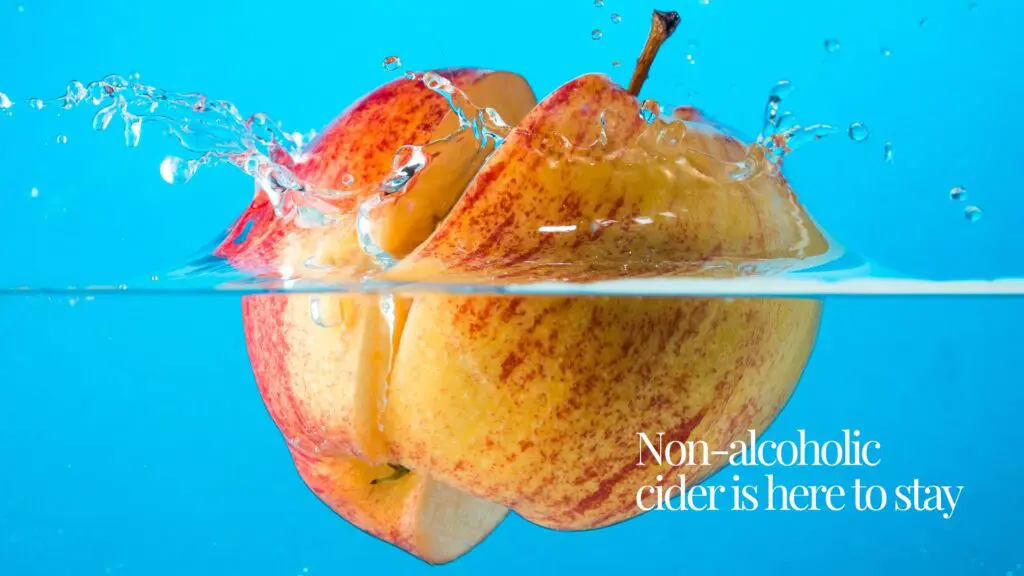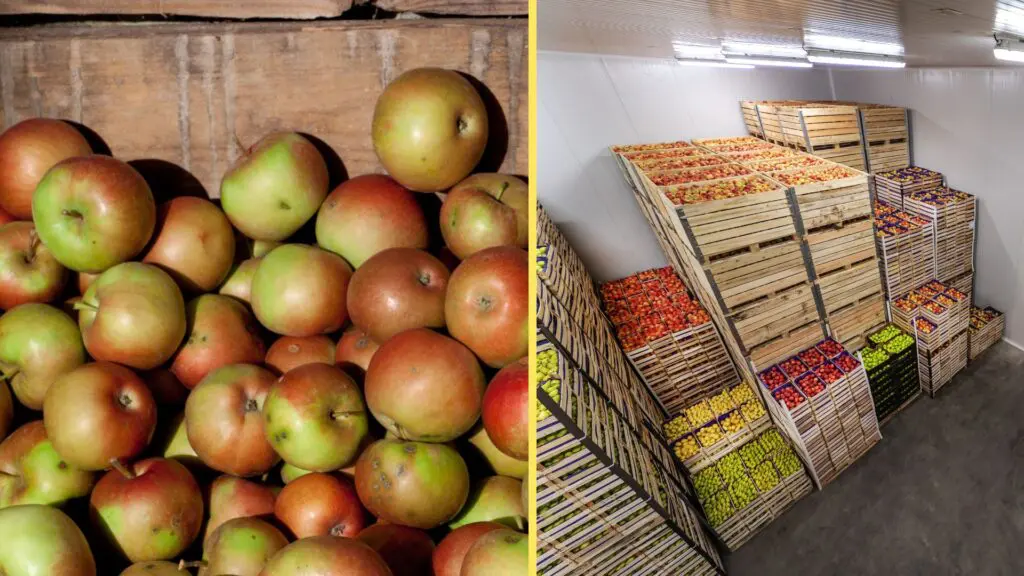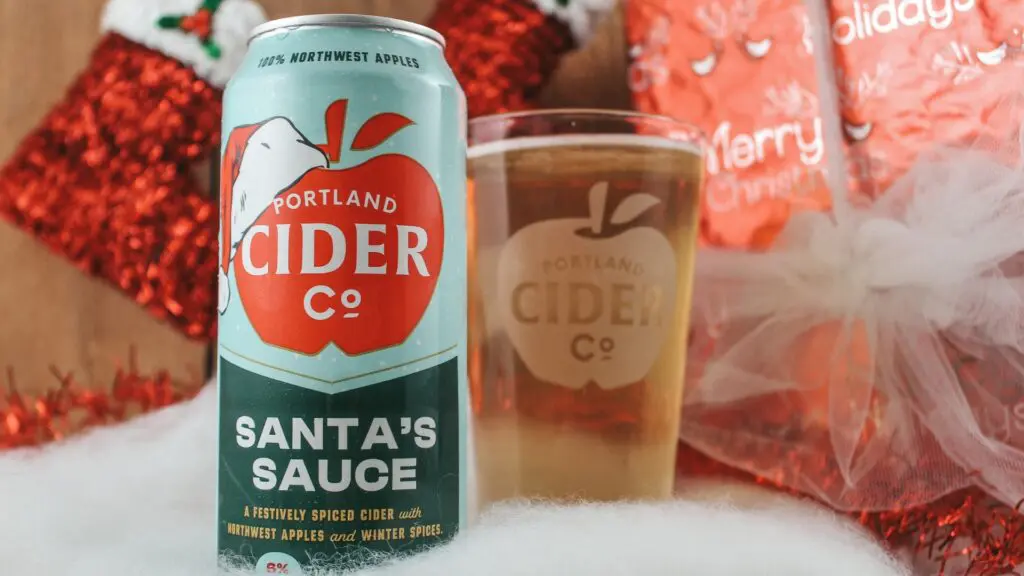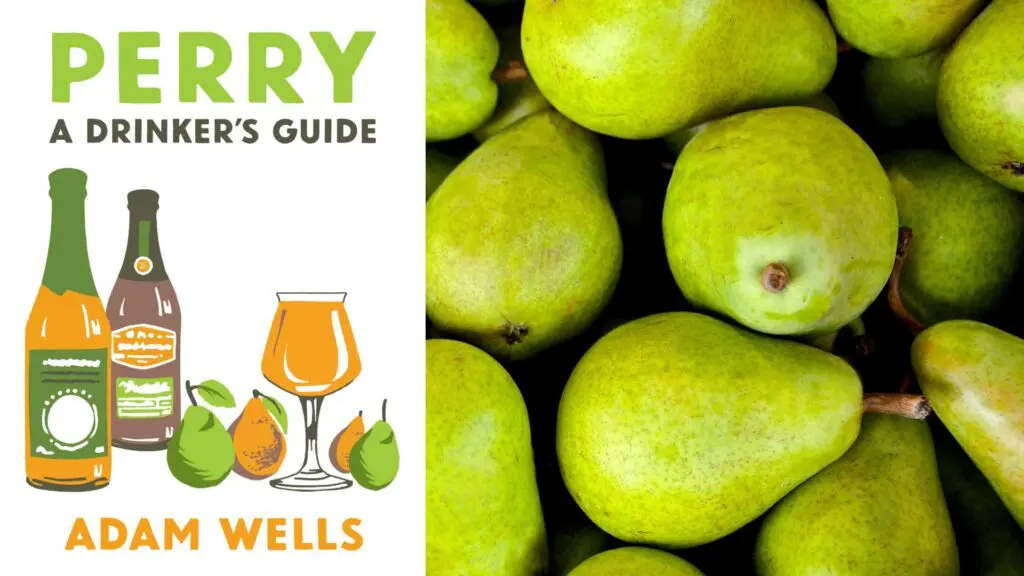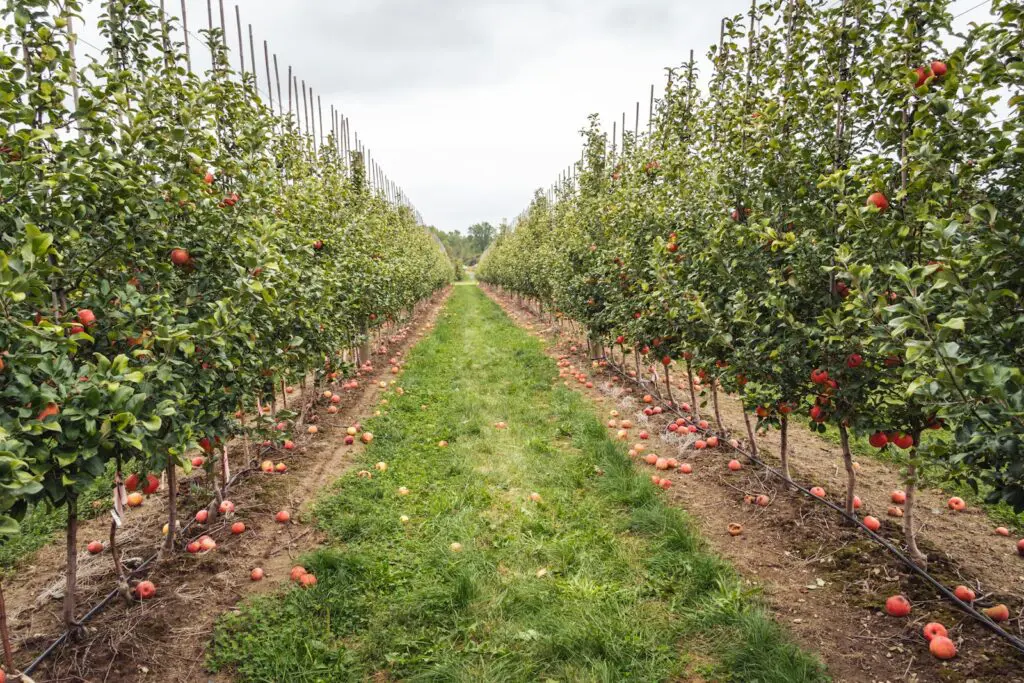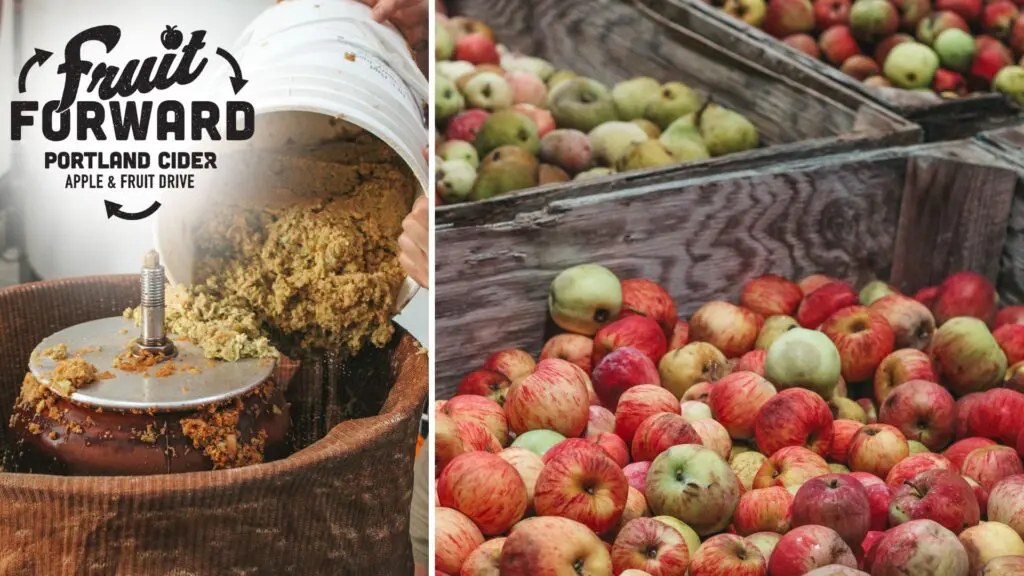Like many small Northwest beer and cider producers, Oregon Mead and Cider Co. in Portland, Oregon, started as a homebrewing project of co-owner and Brooks Cooper. He dabbled in beer, wine, cider and mead as at home for 25 years, serving his creations to friends at parties.
“The responses would always be the same: ‘Your beer is good and your wine is fine, but your cider is really great. And I’ve never had mead like this,’” says Cooper, whose official title at the urban production facility is “chief fermentation officer.”
So when Cooper, his partner and her siblings decided to go into business together, they opted to focus on cider and mead. It also helped that they felt they could differentiate themselves more easily in these focus areas. “While cider is a maturing market, mead is a nascent market that needs development,” Cooper says. “And getting your head above the crowd in craft beer is going to require a little more work. With cider we think there’s room to bring out products people want without getting lost in the crowd.”
Oregon Mead and Cider Co. exclusively crafts dry sparkling meads and ciders — both products that didn’t already exist in great number. Cooper and his family launched the company in 2013 as Stung Fermented, making only mead and only recently having expanded to cider. The company changed its name in September to reflect its newly expanded line-up.
Often, would-be customers are reticent to try the mead. They associate the product with the non-carbonated, super-sweet drink that “you can barely drink an aperitif glass of,” says Cooper. “And I say, ‘What if I told you it doesn’t have to be that way?’”
Contrary to stigma, his meads — and all of his products — are bone-dry and carbonated. “By moderating the amount of honey per unit of volume, and monitoring the fermentation process to get a complete and perfect ferment, we can take all of the sugar that we gave the yeast and turn it into alcohol,” he explains. “By applying the brewing science of microbiology, we ferment all of our meads out completely to dry.”
The modern fermentation house produces two lines of mead: The Worker Line, lower in alcohol and flavored with ingredients like hops, saison yeast and sea salt and coriander (for a gose-style mead); and the Queen Line, higher in alcohol and designed to show off either a single varietal honey or a regional terroir-focused honey.
On the cider side, there’s the Free Press line that offers recipes scaled down for a five-gallon homebrew batch. These ciders use dessert apples rather than cider apples, allowing customers to purchase apples easily in the grocery and make their own batches. Cooper also plans to release a higher-end line using cider apples.
According to the self-taught scientist, he says his philosophy also involves sourcing everything as locally as possible, including Northwest-purchased equipment, labels, glass and, of course, apples. “We don’t get apples from New Hampshire — they have very nice apples, but we get ours from the Northwest,” he says.
The Oregon Mead & Cider Co. offers free daily tours of its production facility. The taproom pours its core group of seasonal flavors, seasonal offerings and short production runs found nowhere else.

